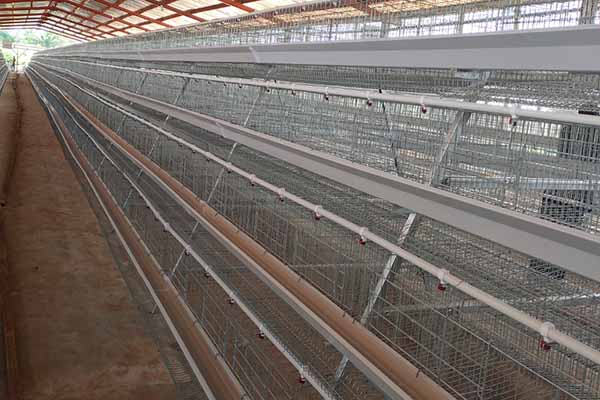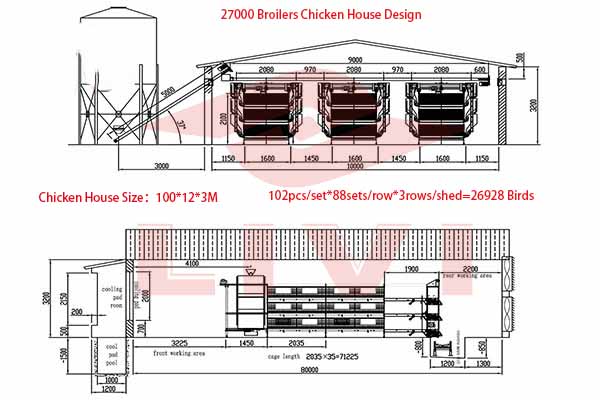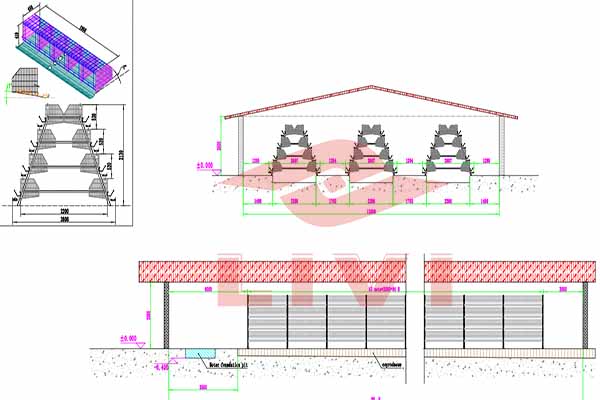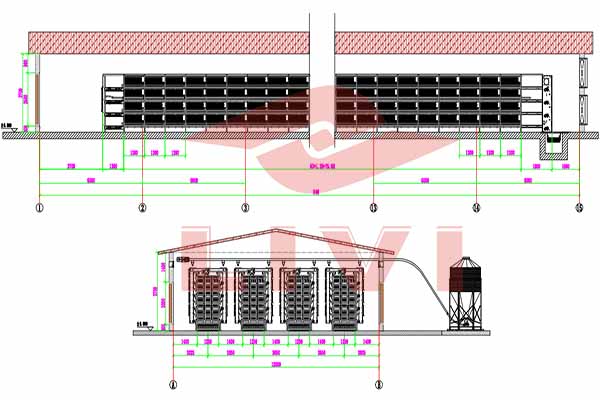Optimizing Chicken Cages for 100,000 Chickens in Tanzania: A Comprehensive Guide
In the dynamic world of poultry farming, Tanzania is witnessing a surge in the number of chickens being raised. With a capacity of 100,000 chickens, efficient chicken cage systems are crucial for success. This article delves into the intricacies of setting up and maintaining chicken cages for large-scale poultry farming in Tanzania.
Understanding the Scale of Chicken Cages in Tanzania
With over 100,000 chickens, it’s essential to have a clear understanding of the space and resources required. According to recent studies, each chicken requires approximately 0.3 square meters of space.
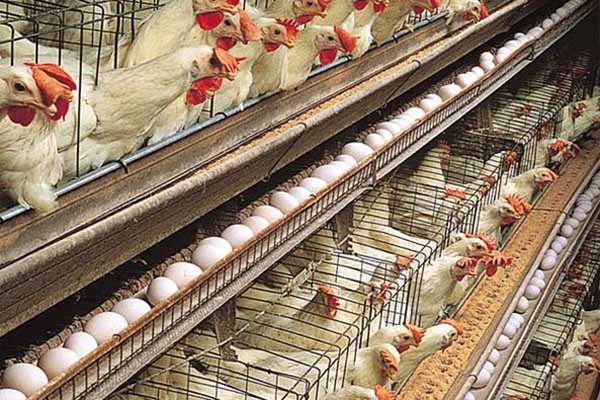
| Number of Chickens | Required Space (sq. meters) |
|---|---|
| 10,000 | 3,000 |
| 50,000 | 15,000 |
| 100,000 | 30,000 |
Key Considerations for Chicken Cages
- Airflow and Ventilation: Proper ventilation is crucial to ensure the health and well-being of the chickens. In Tanzania, where temperatures can be high, ensuring a constant flow of fresh air is essential.
- Material Quality: High-quality, durable materials are necessary to withstand the demands of large-scale poultry farming. Galvanized steel is often recommended for its resistance to corrosion.
- Design Flexibility: Cages should be designed to accommodate various stages of chicken growth, from hatchlings to mature birds.
- Health and Hygiene: Easy-to-clean surfaces and a design that minimizes the risk of disease transmission are essential.
Case Study: Successful Chicken Cage Implementation in Tanzania
One of the most successful chicken cage installations in Tanzania involved a farm with 100,000 chickens. The farm utilized automated feeding systems, which reduced labor costs and improved efficiency. The cages were designed with a focus on airflow and easy maintenance, leading to a healthier flock and higher yields.

Investment Returns and Cost-Benefit Analysis
Investing in high-quality chicken cages can significantly impact the profitability of a poultry farm. While the initial setup cost may be substantial, the long-term benefits include reduced labor, improved health of the chickens, and higher productivity. A typical investment in chicken cages for 100,000 chickens ranges from $30,000 to $50,000, depending on the technology and scale of the operation.
According to a recent cost-benefit analysis, farms with automated chicken cages saw a return on investment of approximately 18-24 months.
Conclusion
Setting up an efficient chicken cage system for 100,000 chickens in Tanzania requires careful planning and investment. By focusing on quality materials, design flexibility, and health considerations, poultry farmers can maximize their returns and ensure the well-being of their flock.
For more information and a free chicken cage design and equipment quote, feel free to leave a comment below or contact us directly.
